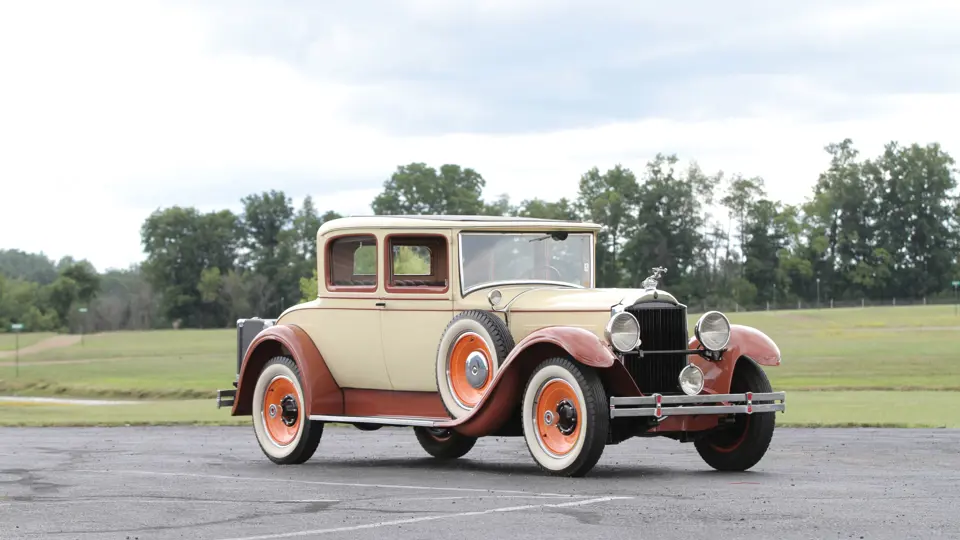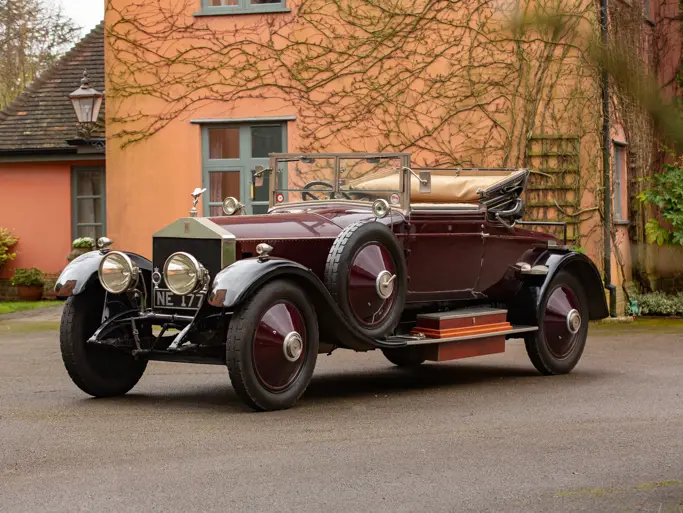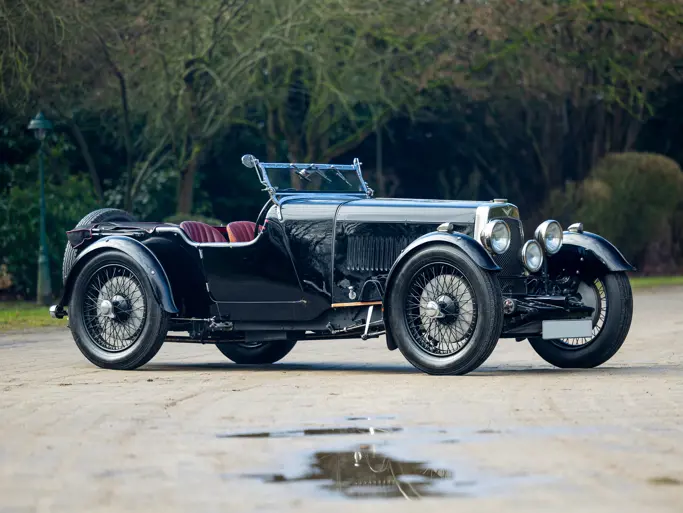 | Auburn, Indiana
| Auburn, Indiana
In 1929, Packard chose to unveil its new models at New York’s grand Roosevelt Hotel, an impressive setting that was every bit equal to Packard’s reputation. Featuring eight-cylinder engines in all of its cars, Packard’s Custom Eight in the Model 633 line stood ready to deliver with 90 horsepower contained in its L-Head eight cylinder engine. Riding on a 133.5 inch wheelbase, the Model 633 was available in several body styles that spoke directly of Packard’s commitment to covering the market for upscale luxury. Packard also began using chrome for its brightwork and disc wheels became standard. Packard’s engineering and refinement of its cars was no more evident than in the elimination of the Boyce MotoMeter, a temperature gauge on the top of the radiator cap, which was replaced by a more refined temperature gauge on the dashboard. The Packard 633 carries what is arguably the most simple, yet elegant and usable body style for 1929; that of the opera coupe. The closed cars of the era were among the most understated yet handsome of all body styles.
Very well appointed, as a Packard owner anticipates, this example features many accessories including a clock, three window shades, windshield wiper, dual cowl lights, dual side mount tires, centered Trippe road lamp, and parabolic head lamps. All six of the brilliant orange disc wheels are mounted with wide whitewall tires. The rear-mount luggage rack holds a period correct trunk and fitted luggage is in place. This Packard is not a stranger to the fine life as it has been a high-quality show piece for decades as evidenced by the 1985 AACA 1st Place badge. Very few of the Series 633 Packards are known to exist in this condition, making this opera coupe a very special prize.





